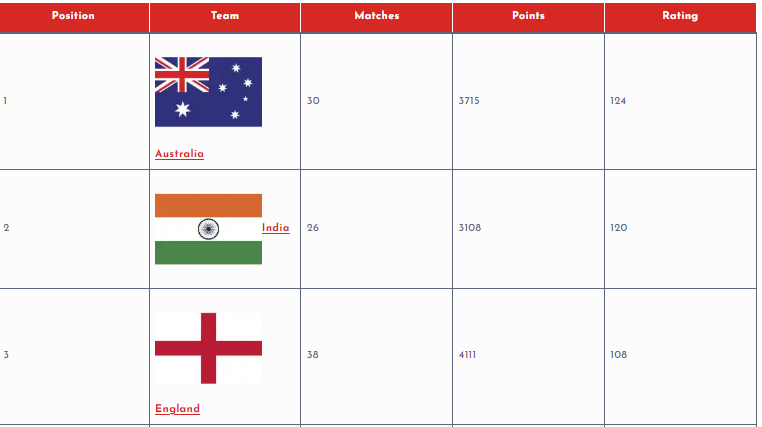
In the rapidly evolving world of technology, businesses are constantly looking for ways to increase efficiency, reduce costs and maintain a competitive edge. One of the most important technological developments in recent years is robotic process automation (RPA). This cutting-edge technology is revolutionizing the business landscape by automating repetitive and mundane tasks, allowing organizations to streamline operations, improve accuracy, and focus on more strategic activities. is In this blog, we will explore how RPA is changing the business landscape and why it is becoming an essential tool for businesses across various industries.
Understanding Robotic Process Automation (RPA)
Before exploring the impact of RPA on the business landscape, it is important to understand what RPA is and how it works. Robotic process automation is a technology that uses software robots, or “bots,” to mimic human actions and interact with digital systems. These bots can perform data entry, transaction processing, customer service, and more. Unlike traditional automation, which requires complex programming, RPA bots can be configured with simple instructions and can work across multiple applications without the need for integration.
RPA is designed to automate repetitive, rule-based tasks that are time-consuming and prone to human error. By leveraging RPA, businesses can achieve higher levels of efficiency, accuracy and consistency in their operations. This technology can be applied across a variety of departments, including finance, human resources, customer service, and supply chain management, making it a versatile tool for businesses of all sizes.

The Impact of RPA on the Business Landscape
1. Enhanced Efficiency and Productivity
One of the most important ways RPA is changing the business landscape is to increase efficiency and productivity. In many organizations, employees spend a lot of time on repetitive tasks such as data entry, invoice processing, and report generation. These tasks, while necessary, can be monotonous and time-consuming, leading to reduced productivity and job satisfaction.
RPA allows enterprises to automate these tasks, freeing up employees to focus on more value-added activities. For example, instead of spending hours manually entering data into the system, an RPA bot can complete the task in a fraction of the time with a high level of accuracy. This not only increases productivity but also reduces the risk of errors that can lead to costly mistakes.
2. Cost Reduction
Another major benefit of RPA is cost reduction. By automating repetitive tasks, businesses can significantly reduce labor costs. RPA bots can work 24/7 without the need for breaks, holidays or overtime pay, making them a cost-effective solution for businesses looking to improve their operations. Additionally, RPA can help businesses avoid costs associated with human errors, such as incorrect data entry or missing deadlines.
Additionally, RPA can lead to cost savings in other areas, such as compliance and audit. RPA bots can be programmed to follow strict guidelines and maintain detailed records of all activity, ensuring businesses stay compliant with regulations and reducing the risk of fines or penalties.
3. Improved Accuracy and Compliance
Human errors are an inevitable part of manual processes, especially when dealing with large amounts of data or complex tasks. These errors can have significant consequences, from financial losses to compliance issues. RPA addresses this challenge by providing a high level of accuracy and consistency in task execution.
RPA bots follow predefined rules and instructions, ensuring tasks are completed correctly every time. This level of accuracy is especially valuable in industries where compliance is important, such as finance, healthcare, and legal services. By automating tasks with RPA, businesses can reduce the risk of errors and ensure compliance with industry regulations and standards.
4. Enhanced Customer Experience
5. Scalability and Flexibility
6. Enabling Digital Transformation
Digital transformation is a top priority for many businesses as they strive to stay competitive in the digital age. RPA plays an important role in enabling digital transformation through automation and integration with other digital technologies. RPA can be used to automate data migration, system integration, and other tasks necessary for successful digital transformation initiatives.
By leveraging RPA, businesses can accelerate their digital transformation efforts and achieve greater agility and innovation. RPA also allows enterprises to collect and analyze data more effectively, providing valuable insights that can inform decision-making and drive business growth.
7. Empowering Employees
One of the common misconceptions about RPA is that it will replace human jobs. Although RPA automates certain tasks, it is not intended to replace employees but to empower them. By automating repetitive and mundane tasks, RPA allows employees to focus on more strategic and creative activities that require human intelligence and problem-solving skills.
For example, instead of spending time on data entry, an employee can focus on analyzing data and making informed decisions that drive business success. This shift in focus not only improves job satisfaction but also leads to higher levels of innovation and creativity within the organization.

Real-World Applications of RPA
RPA is being adopted across industries, with businesses leveraging the technology to reap a wide range of benefits. Here are some real-world examples of how RPA is being used:
1. Finance and Accounting
In the finance and accounting industry, RPA is being used to automate tasks such as invoice processing, accounts payable and receivable, and financial reporting. By automating these tasks, businesses can reduce the time it takes to close the financial books, improve accuracy, and ensure regulatory compliance.
2. Healthcare
In the healthcare industry, RPA is being used to automate tasks such as patient data entry, claims processing, and appointment scheduling. This automation not only improves efficiency, but also improves the patient experience by reducing wait times and improving medical record accuracy.
3. Retail
In the retail industry, RPA is being used to automate tasks such as inventory management, order processing, and customer service. By automating these tasks, retailers can improve order fulfillment times, reduce inventory costs, and provide better service to their customers.
4. Human Resources
The Future of RPA
As RPA continues to evolve, its impact on the business landscape is expected to grow. Advances in artificial intelligence (AI) and machine learning (ML) are enabling RPA bots to become smarter and handle more complex tasks. This next generation of RPA, often referred to as Intelligent Process Automation (IPA), is poised to further revolutionize business operations by combining the power of RPA with AI and ML technologies.
In the future, businesses can expect to see even greater levels of automation, with RPA being used to automate end-to-end processes throughout the organization. This will lead to increased efficiency, cost savings and innovation, as businesses continue to leverage RPA to stay competitive in the digital age.
Conclusion
Robotic Process Automation (RPA) is changing the business landscape by automating repetitive and mundane tasks, increasing efficiency, reducing costs, and enabling digital transformation. As businesses continue to adopt RPA, they are experiencing significant benefits, including improved accuracy, scalability, and customer experience. While RPA is not a replacement for human workers, it is a powerful tool that empowers employees to focus on more strategic and value-added activities. As RPA technology continues to evolve, its impact on the business landscape will continue to grow, making it an integral part of any organization’s digital strategy.





























































































